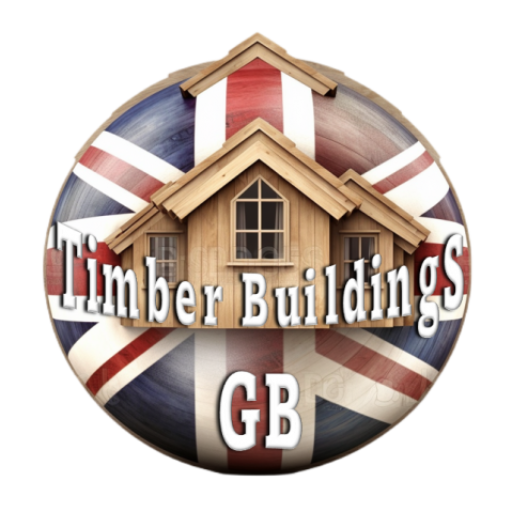Introduction to Timber in UK Construction
The use of timber in UK construction has evolved dramatically over the years. Though initially only a practical material, lumber has subsequently evolved into much more than a basic construction material but rather an art form in and of itself, and is an important part of the UK’s legacy and culture. This article will look at the history and contemporary use of timber in the construction sector in the United Kingdom.
Timber in the United Kingdom: Past and Present
Timber was the principal building material in the United Kingdom prior to the Industrial Revolution. This was due to the abundance of hardwood logging for construction in the naturally abundant woods of the United Kingdom. Beech, oak, elm, birch, and willow were among the most regularly utilized woods, not just for lumber but also for elaborate carvings for ornament. However, following the Industrial Revolution, many trees were removed in search of coal and iron, and people of the time began employing brick in place of timber with greater regularity.
Timber’s popularity, however, never truly faded, and in the twentieth century, timber reclaimed its place as a prominent building material in the United Kingdom. Modern timber construction techniques emerged during post-war reconstruction, allowing them to be employed in higher density constructions such as apartment complexes and other multifamily homes. Timber-framed buildings, though still not widespread, have become more popular since then. At the same time, the growing adoption of sustainable forestry practices saved more of the UK’s natural forests. Today, the UK is the world’s second largest importer of timber, with China being the first. The UK only produces about 20% of the timber used in building and imports about £7.5 billion worth of timber annually. Timber is now a popular building material in the UK, and it can be found in anything from individual homes to public buildings.
The Benefits of Timber in UK Construction
Timber is an extremely adaptable material, and its benefits can be seen in both old and modern constructions throughout the UK. It is regenerative, regenerating quicker than most other building materials such as concrete and steel. It is very robust and durable, and much lighter in weight than most other building materials, resulting in a very high strength to weight ratio. Modern technologies have made it possible to manufacture timber products that are stronger than steel. Timber also has strong thermal and acoustic insulation, which reduces energy expenditures and allows for more energy efficiency and quieter settings. Furthermore, mineral glues used in modern timber structures improve fire resistance and provide additional insulation.
Timber also has a “green” edge, as wood products serve as carbon storage units rather than generators, making them an environmentally friendly alternative for building. Finally, timber’s natural beauty makes it an excellent aesthetic choice, elegantly merging rustic charm with modern innovation. In short, timber is an excellent building material, and it is no surprise that it has been so popular in the United Kingdom for generations.

Current Trends in UK Timber Production
The Forestry Commission, which preserves forests, administers resources, and conducts research into timber production, is in charge of timber production in the United Kingdom. The Commission continues to advocate for sustainable forestry and works only with responsible suppliers to guarantee that only the highest quality timber is used in structures. The Commission also monitors and regulates tree disease to prevent it from spreading and to ensure that only healthy trees are removed.
Additionally, the UK is home to a diverse range of large and small sawmills that manufacture various forms and sizes of wood products for building. The majority of large sawmills produce softwood lumber such as pine, spruce, and fir, while smaller sawmills specialise in hardwoods such as ash, beech, and walnut. While locally produced oaks and elms are still regularly cut for use in building in the UK, Europe is a major source of the country’s timber imports.
Finally, the UK has a vibrant craft industry in timber design and construction. Carpentry, joinery, cabinetmaking, furniture making, and even boat construction are all included. Working in wood, from the most basic structures to the most intricate decorative pieces, is a valued occupation in the United Kingdom, and the years of experience and knowledge passed down from generation to generation help to ensure that the United Kingdom will remain an incredible world leader in woodworking and construction for centuries to come.
To Summarise Timber in UK Construction
The timber sector in the United Kingdom remains vital, both historically and in practise. Timber is a natural, renewable building material with several benefits that contribute to both utility and beauty in UK structures. From its humble beginnings as a utilitarian building material to its current status as a sought after artisan item, there is no doubt that timber will continue to be an important part of the UK’s heritage and construction industries for many years to come.


